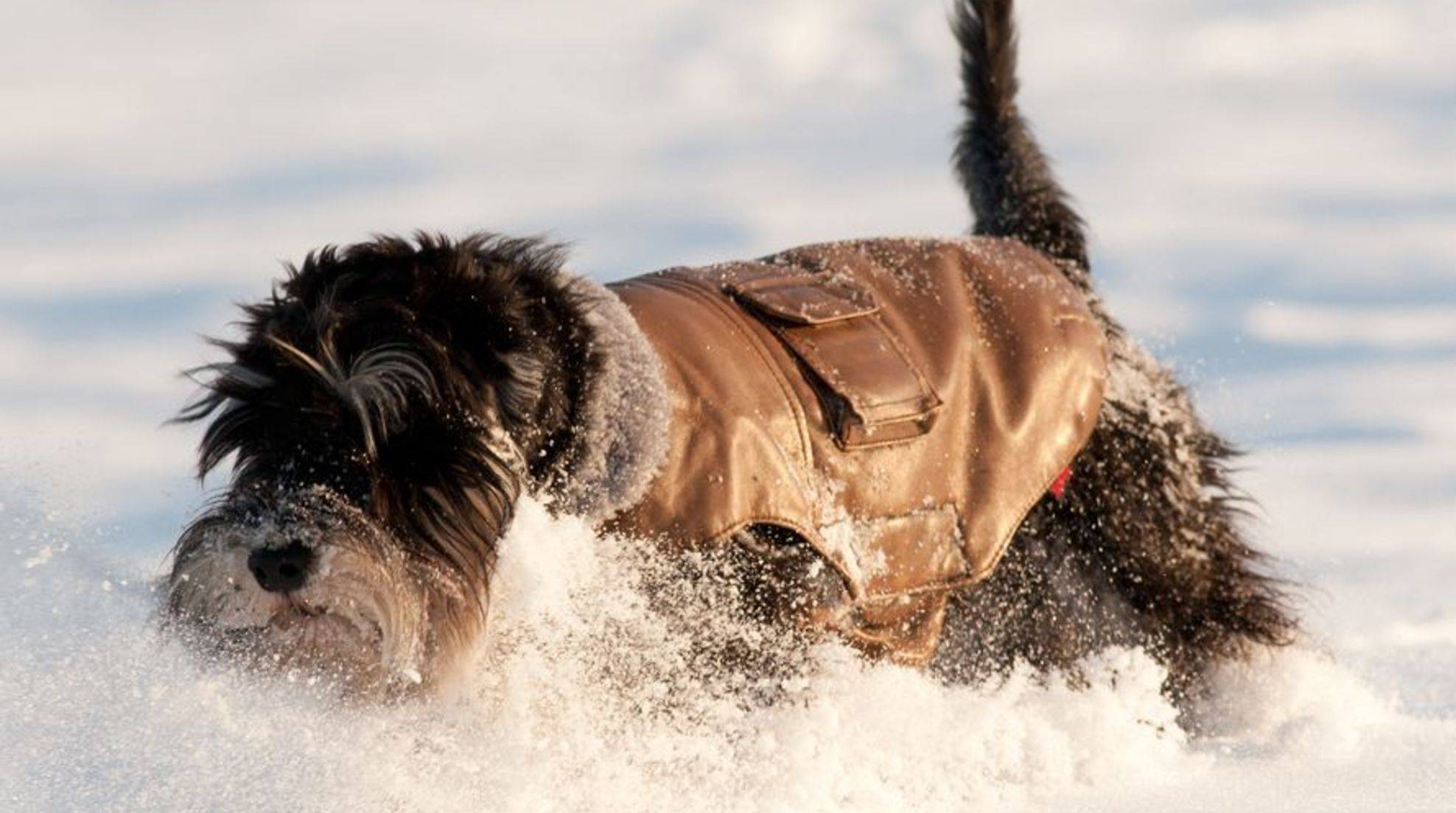Ticks in dogs as vectors of diseases
Ticks on dogs are unpleasant and annoying, but they can also transmit various diseases. We want to list the most common conditions here so that you can quickly consult a veterinarian in case of suspicion.
Ticks on dogs are dangerous: because the parasites transmit numerous pathogens. Worldwide there are about 900 species, 19 of which are at home in Germany. The most familiar representatives are the wood tick, the alluvial forest tick, and the brown dog tick. The tiny blood-sucking arachnids infest four-legged animals much more frequently than humans. The following overview shows which disease ticks can transmit in dogs:
Ticks in dogs cause anaplasmosis.
Anaplasmosis is an infectious disease caused by bacteria called “anaplasmas” via ticks in dogs. It is transmitted by the bite of the common wood tick. It can infect dogs, but in rare cases also humans. In addition to Germany, the disease is also common in several other European countries, about which you should ask your veterinarian before traveling. An infection of the dog shows itself through symptoms such as fever, listlessness, and nervous suffering. The veterinarian must treat it with antibiotics. There is currently no vaccination against these ticks in dogs.
Babesiosis: Widespread in the Mediterranean region
Babesiosis is also called “canine malaria” because its pathogens infect the dog’s red blood cells. The disease occurs mainly in Mediterranean regions but can also be transmitted in isolated cases in Germany, such as the Auwald tick. Infected dogs develop a high fever one to three weeks after the bite, fatal in severe cases. Their urine turns dark brown due to the breakdown of red blood cells. When the fever drops, the animals appear dull and groggy. In addition, they often suffer from loss of appetite and eye inflammation. In particularly endangered regions, one should protect its dog with vaccination against the Babesiose illness.
Dangerous disease: Lyme disease
Humans and dogs can be infected with Lyme disease in Germany and other European regions. After the tick bite, the bacteria spread in the dog’s bloodstream and affect joints, nervous systems, and organs. Often Lyme disease remains undetected at first. Fever, loss of appetite, and apathy may occur in a sick animal. Later, episodes of lameness and joint problems occur. Without treatment, severe damage to the heart and kidneys may eventually happen. Vaccination against Lyme disease is possible, but its effectiveness is controversial, so prevention against these ticks in dogs is recommended.
Ehrlichiosis can be fatal.
Ehrlichiosis diseases affect the white blood cells of the dog. They are transmitted by the brown dog tick and are found in European Mediterranean regions. The condition comes on insidiously and often only breaks out after years. Symptoms such as fever, tiredness, and bleeding from the nose, mucous membranes, and skin are typical of the disease, which usually becomes chronic and can lead to death if left untreated. Here, too, only prevention through tick preparations and regular coat control helps because dogs have no vaccination against this tick.
TBE by ticks in dogs
Dogs in Germany, mainly southern German regions, can be infected with the TBE virus via the wood tick. In addition, the pathogens for these ticks are common in Eastern Europe. However, not every infected dog shows symptoms of the disease. Most often, they are observed in large breeds of dogs and include symptoms such as fever and neurological conditions such as epilepsy and movement disorders. Again, unfortunately, there is no way to protect the dog from tick-borne diseases by vaccination.








